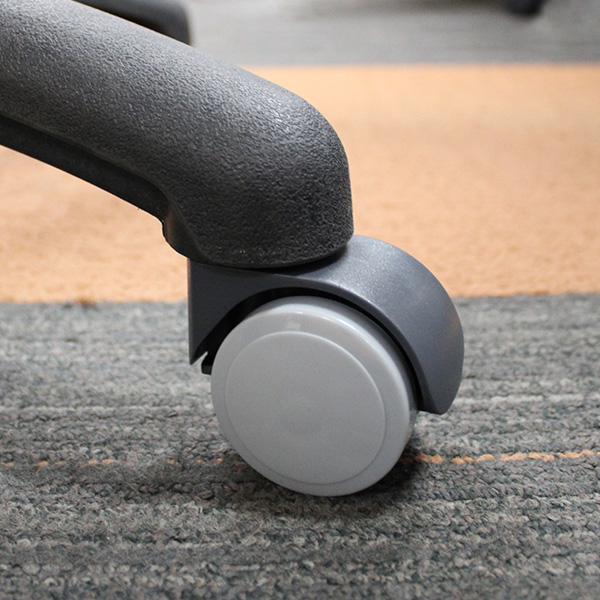Industry
Enhancing Mobility and Functionality: A Guide to Furniture Castors
Why Do We Need Furniture Castors?

Source: richmondau.com
- Mobility: The primary function of a caster for furniture is to make it mobile. This mobility allows for easy rearrangement of spaces, facilitating cleaning, and adapting rooms for different purposes.
- Protection: These small wheels protect both the furniture and the floor. By lifting the furniture slightly off the ground, they reduce friction and prevent scratching or wear on floor surfaces.
- Ergonomics: In office settings, castors on chairs allow users to move and adjust their position without standing, promoting better ergonomics and reducing strain.
- Flexibility: Castors enable flexible use of space, particularly important in multipurpose rooms or areas with limited square footage.
- Ease of Transport: For larger pieces, a high-quality caster for furniture makes it significantly easier to move them when needed, whether for cleaning, relocation, or redecorating.
- Noise Reduction: Since they are made from soft materials like rubber, they can reduce noise when moving furniture, making them ideal for offices, libraries, and hospitals.
- Reduced Physical Strain: Moving heavy furniture can lead to muscle strain or injury. Castors eliminate the need for excessive physical effort and allow people to push or pull items with ease.
What Are the Different Types of Furniture Castors?
Swivel Castors
Fixed Castors
Locking Castors
Twin Wheel Castors
Heavy-Duty Castors
Factors to Consider When Choosing Castors

Source: richmondau.com
- Weight Capacity: Ensure the castors can support the weight of the furniture and any additional load it might carry. Check the manufacturer’s recommendations and calculate how many castors you will need for a specific piece of furniture.
- Floor Type: Different wheels work better on different surfaces. Hard plastic wheels are suitable for carpets, while softer rubber wheels are better for hard floors to prevent scratching.
- Wheel Material: Options include nylon, rubber, polyurethane, and metal. Each material has its advantages in terms of durability, floor protection, and noise reduction. Non-marking rubber casters for furniture allow effortless movement across the floor without leaving any marks or scratches.
- Size: The diameter of the wheel affects how easily it rolls over obstacles and how much weight it can support. Larger wheels generally offer smoother movement.
- Swivel vs. Fixed: Decide whether you need the flexibility of swivel castors or the stability of fixed castors, or a combination of both.
- Locking Mechanism: If the furniture needs to remain stationary at times, consider castors with brakes or locks.
- Aesthetics: Choose castors that complement the style of your furniture, especially for visible applications.
- Environment: Consider factors like temperature, humidity, and exposure to chemicals, particularly in industrial or outdoor settings.
- Mounting Type: Ensure the castor’s mounting method is compatible with your furniture. Common types include plate, stem, and socket mountings.
- Maintenance Requirements: Some castors require regular lubrication or cleaning, while others are virtually maintenance-free.
- Safety Features: In certain applications, you might need castors with specific safety features like toe guards or sealed bearings.
Takeaway
Furniture castors, while small, play a significant role in the functionality, mobility, and longevity of furniture. Whether you’re outfitting an office, furnishing a home, or designing a piece of furniture, choosing the right castors can greatly enhance the user experience and protect your investment. Remember that the right ones can transform a static piece of furniture into a versatile, mobile asset, adapting to changing needs and environments with ease. And, you will be able to move things around without straining your back.












